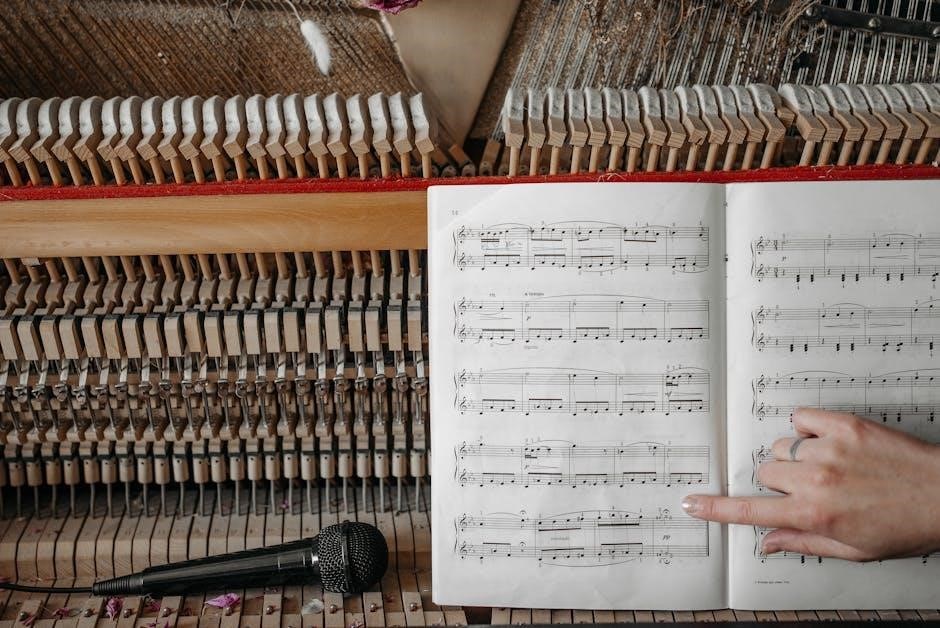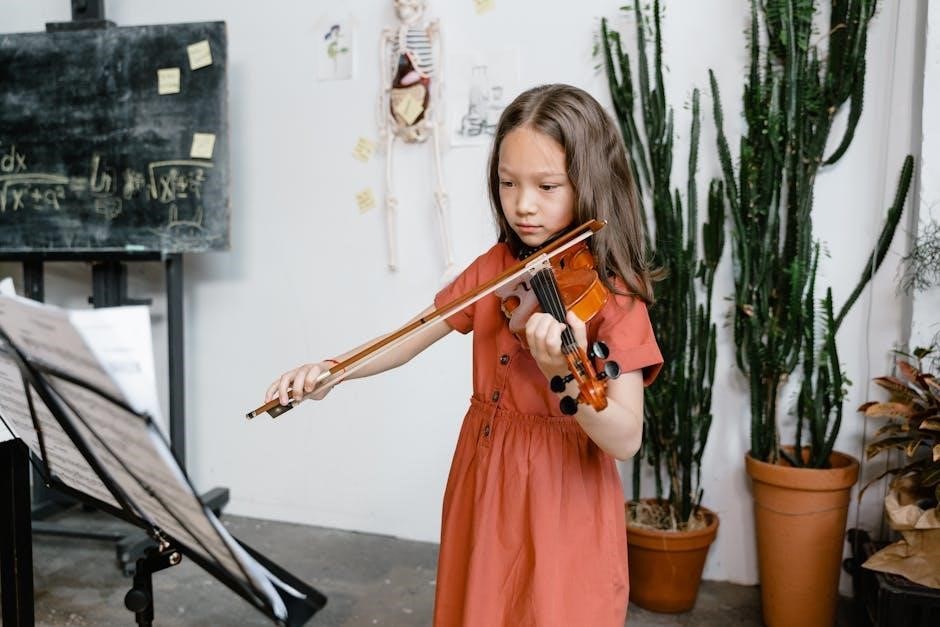Allegro is a musical term meaning fast and lively, indicating a tempo of over 120 beats per minute in music notation and theory classes always.
Definition of Allegro
An allegro is a musical composition or movement in allegro tempo, meaning fast and lively, with a tempo of over 120 beats per minute. The term allegro is used to describe the mood and expression of music, indicating a joyful, cheerful, and lively performance. In music notation and theory, allegro is a key term that provides conductors and musicians with an indication of the speed at which a piece should be played or sung. Allegro is an Italian musical term that translates to fast in English, and it is commonly used in musical compositions to convey a sense of energy and vitality. The definition of allegro is closely related to its tempo, which is typically faster than other musical terms, such as adagio or largo. Allegro is a fundamental concept in music theory and is widely used in various genres of music.
Understanding Allegro Tempo
Allegro tempo is faster than adagio with over 120 beats per minute in musical compositions always.
Tempo and Expression
Tempo and expression are closely linked in music, with allegro indicating a fast and lively tempo, typically above 120 beats per minute. The term allegro also suggests a certain level of energy and enthusiasm, with the music being played in a joyful and cheerful manner. This expression is often conveyed through the use of quicker note values and more complex rhythms, creating a sense of excitement and momentum. In addition, the tempo and expression of allegro music can vary depending on the specific context and interpretation, with some pieces featuring more subdued or restrained allegro sections. Overall, the combination of tempo and expression in allegro music creates a unique and engaging sound. Musical compositions often feature allegro sections to add contrast and variety to the overall piece.

History of Allegro
Allegro originated from Italian musical terms used since Baroque period music compositions always.
Evolution of the Term
The term allegro has undergone significant evolution over the years, with its meaning and interpretation changing across different musical periods and styles. Originally, allegro referred to a lively and fast tempo, but its connotation has expanded to include a range of emotional and expressive qualities. In the Baroque period, allegro was often used to describe lively and energetic movements, while in the Classical period, it took on a more nuanced meaning, encompassing a range of tempos and moods. Today, allegro is widely used in music notation and theory, providing a vital link between composers, performers, and listeners, and continuing to evolve as a dynamic and expressive musical term. Musical terminology plays a crucial role in this evolution, with allegro remaining a fundamental concept.

Allegro in Musical Composition
Allegro is used in musical composition to create lively and fast movements always with specific tempo indications.
Types of Allegro
There are several types of allegro, including allegro assai, allegro con brio, and allegro moderato, each with its own unique characteristics and tempo indications. Allegro assai is a faster allegro, while allegro con brio is a lively and spirited allegro. Allegro moderato is a moderate allegro, with a tempo that is not too fast or too slow. These different types of allegro allow composers to create a range of moods and emotions in their music, from lively and energetic to moderate and restrained. The use of different types of allegro also gives musicians the opportunity to showcase their technical skill and expressive range. Overall, the various types of allegro add depth and variety to musical compositions. Musical terms like allegro are essential in creating beautiful music.

Importance of Allegro in Music
Allegro plays a crucial role in music, conveying emotion and energy through its fast tempo always in musical compositions and performances every time.
Role of Allegro in Musical Interpretation
The role of allegro in musical interpretation is significant, as it provides a framework for musicians to convey emotion and energy through their performance. Allegro indicates a fast and lively tempo, which can greatly impact the overall mood and feel of a piece. Musicians must carefully consider the allegro marking when interpreting a composition, as it can affect the way they play or sing the music. By understanding the role of allegro, musicians can create a more nuanced and expressive performance, drawing the audience into the music. This, in turn, can enhance the overall musical experience, making it more engaging and enjoyable for all involved, with allegro playing a crucial part in shaping the interpretation of a musical piece.

Allegro in Different Languages
Allegro is Italian for fast, used universally in music notation and theory classes always with precise meaning and translation across languages perfectly.
Italian Musical Terms
Italian musical terms are widely used in music notation and theory, with allegro being one of the most common terms.
These terms provide a universal language for musicians to understand and communicate musical ideas and expressions.
Allegro, meaning fast and lively, is often used in combination with other Italian terms to create a more specific description of the desired tempo and mood.
For example, allegro con brio or allegro assai, which indicate a fast and lively tempo with a strong and energetic character.
The use of Italian musical terms has become an essential part of music education and performance, allowing musicians to accurately interpret and convey the composer’s intentions.
This universal language has facilitated communication among musicians across cultures and languages, ensuring a consistent and precise interpretation of musical works.
Italian musical terms continue to play a vital role in the world of music.
Allegro is a fundamental musical term concluding musical discussions always with precise tempo indications clearly.
Significance of Allegro in Music
The significance of allegro in music is profound, as it provides a clear indication of the composer’s intent, allowing musicians to convey emotions and feelings through tempo and expression. Allegro’s impact on music theory and composition is substantial, enabling the creation of complex and nuanced pieces. The term’s evolution over time has led to a deeper understanding of its role in shaping musical interpretation. By incorporating allegro into their compositions, musicians can add depth and complexity, making it a fundamental element of music. Allegro’s significance extends beyond its definition, influencing the way music is perceived and appreciated, and its importance will continue to be felt in the world of music for years to come, shaping the sound of future generations. Music terminology is essential in this context.
